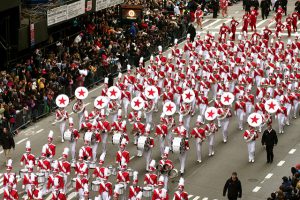Who knew SNOWIEST was even a word?!
What was the SNOWIEST February of all time?

Spark your math thinking!
- Set up your math mini spark recording page: #69: The Snowiest February
- Use this information page from UNL and find the snowiest February in Lincoln.
- Create 1, 2, or 3 different graphs to display the data above from Omaha or data from the UNL site if you prefer. Use the Create-A-Graph website to make a graph of the data. Be sure to include a title and label your axes.
- Top 5 Snowiest Februarys
- The Top 5 Snowiest Winter Seasons (Dec-Jan-Feb)
- Top 5 Snowiest Winters (Jul 1- Jun 20).
- Take a look at the graphs in the image below. For a larger image of the graphs, click here. The information in the blue box is particularly helpful in reading the graphs. Answer any of the following questions by leaving a comment and/or leave a question for someone else to answer.
- How many times in January/February 2019 did the temperature range fall mainly in the record highs? What about the record lows?
- On how many dates was the temperature range very small (short blue bar)?
- How many times did the temperature range fall in the average section (green)?
- What do you find interesting about these graphs?

5. Share your math mini spark recording page with your teacher/EY coordinator.

 The Famous Holiday of Love, Valentine’s Day is a holiday celebrated around the world. Some countries celebrate this day in February, but not all. Learn about the holiday along with history of chocolate in this mini spark.
The Famous Holiday of Love, Valentine’s Day is a holiday celebrated around the world. Some countries celebrate this day in February, but not all. Learn about the holiday along with history of chocolate in this mini spark.
 This Math Minute was inspired by the Pringles commercial that played during Super Bowl LVII. I’ve always been intrigued by the shape of Pringles, but this commercial took it to the next level and had me pondering the mathematics behind this beloved chip!
This Math Minute was inspired by the Pringles commercial that played during Super Bowl LVII. I’ve always been intrigued by the shape of Pringles, but this commercial took it to the next level and had me pondering the mathematics behind this beloved chip! parade
parade 

 What is the Winter Solstice? According to
What is the Winter Solstice? According to  Say what?
Say what?